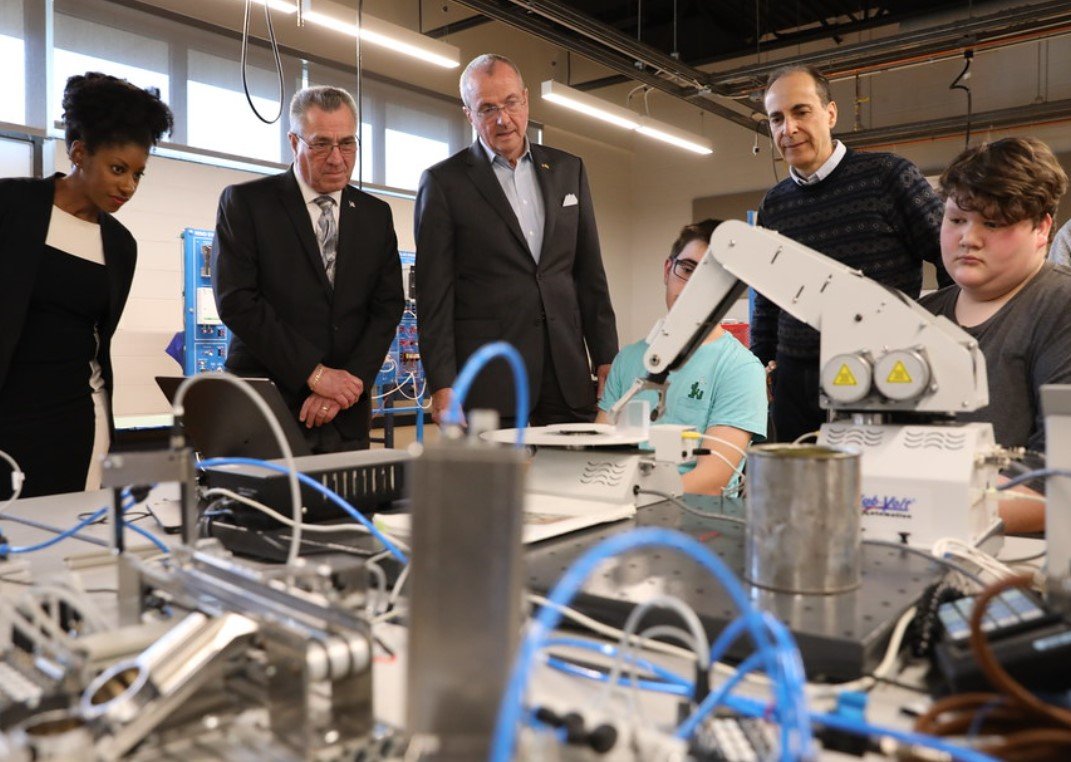In a landmark move, the government has unveiled its first-ever comprehensive science strategy aimed at bolstering economic growth, fostering new industries, and creating jobs. This strategy, which aligns with the nation’s long-term economic vision, focuses on leveraging scientific advancements to drive innovation and competitiveness. By investing in key areas such as advanced manufacturing, renewable energy, and digital technologies, the strategy aims to position the country as a global leader in science and technology, ensuring sustainable economic development and job creation.
The new science strategy identifies several key areas of focus that are critical to driving economic growth and innovation. One of the primary areas is advanced manufacturing, which is seen as a cornerstone for future industrial development. The strategy emphasizes the need to adopt cutting-edge technologies such as robotics, artificial intelligence, and additive manufacturing to enhance productivity and competitiveness. By fostering a robust manufacturing sector, the strategy aims to create high-quality jobs and stimulate economic growth.

Another significant focus area is renewable energy. The strategy outlines plans to invest in research and development of sustainable energy solutions, including solar, wind, and bioenergy. By advancing these technologies, the country aims to reduce its carbon footprint and transition to a low-carbon economy. This not only addresses environmental concerns but also opens up new opportunities for economic growth and job creation in the green energy sector.
Digital technologies also play a crucial role in the new science strategy. The strategy highlights the importance of developing and deploying digital innovations such as big data analytics, cybersecurity, and the Internet of Things (IoT). These technologies are expected to drive efficiency and innovation across various industries, from healthcare to agriculture. By investing in digital infrastructure and skills development, the strategy aims to ensure that the country remains at the forefront of the digital revolution.
Economic and Social Benefits
The implementation of the new science strategy is expected to yield significant economic and social benefits. One of the primary economic benefits is the creation of new industries and high-quality jobs. By investing in advanced manufacturing, renewable energy, and digital technologies, the strategy aims to stimulate economic growth and create employment opportunities across various sectors. This is particularly important in the context of the ongoing economic recovery from the COVID-19 pandemic.
In addition to economic benefits, the strategy also aims to address social challenges. For instance, the focus on renewable energy and sustainability is expected to contribute to environmental protection and climate change mitigation. By reducing greenhouse gas emissions and promoting sustainable practices, the strategy supports the country’s commitment to global climate goals. This not only benefits the environment but also enhances the quality of life for citizens by ensuring cleaner air and water.
Furthermore, the emphasis on digital technologies is expected to improve access to essential services such as healthcare and education. By leveraging digital innovations, the strategy aims to enhance the delivery of public services and ensure that all citizens have access to high-quality healthcare and education. This is particularly important in rural and underserved areas, where digital technologies can bridge the gap and provide equal opportunities for all.
Implementation and Future Outlook
The successful implementation of the new science strategy requires a coordinated effort from various stakeholders, including government agencies, industry, academia, and the public. The strategy outlines a comprehensive framework for collaboration and partnership, emphasizing the need for a whole-of-government approach. This includes establishing dedicated task forces and advisory councils to oversee the implementation and ensure alignment with national priorities.
One of the key components of the implementation plan is the establishment of innovation hubs and research centers. These centers will serve as focal points for scientific research and development, fostering collaboration between researchers, industry, and government. By providing state-of-the-art facilities and resources, these hubs aim to accelerate the commercialization of scientific discoveries and drive economic growth.
Looking ahead, the future outlook for the new science strategy is promising. The strategy sets ambitious targets for economic growth, job creation, and technological innovation. By leveraging the country’s strengths in science and technology, the strategy aims to position the nation as a global leader in innovation and competitiveness. This not only ensures sustainable economic development but also enhances the country’s resilience to future challenges.
In conclusion, the first-ever science strategy represents a bold and visionary approach to driving economic growth, fostering new industries, and creating jobs. By focusing on key areas such as advanced manufacturing, renewable energy, and digital technologies, the strategy aims to harness the power of science and innovation to build a prosperous and sustainable future. As the strategy is implemented, it promises to deliver significant economic and social benefits, positioning the country as a global leader in science and technology.
















